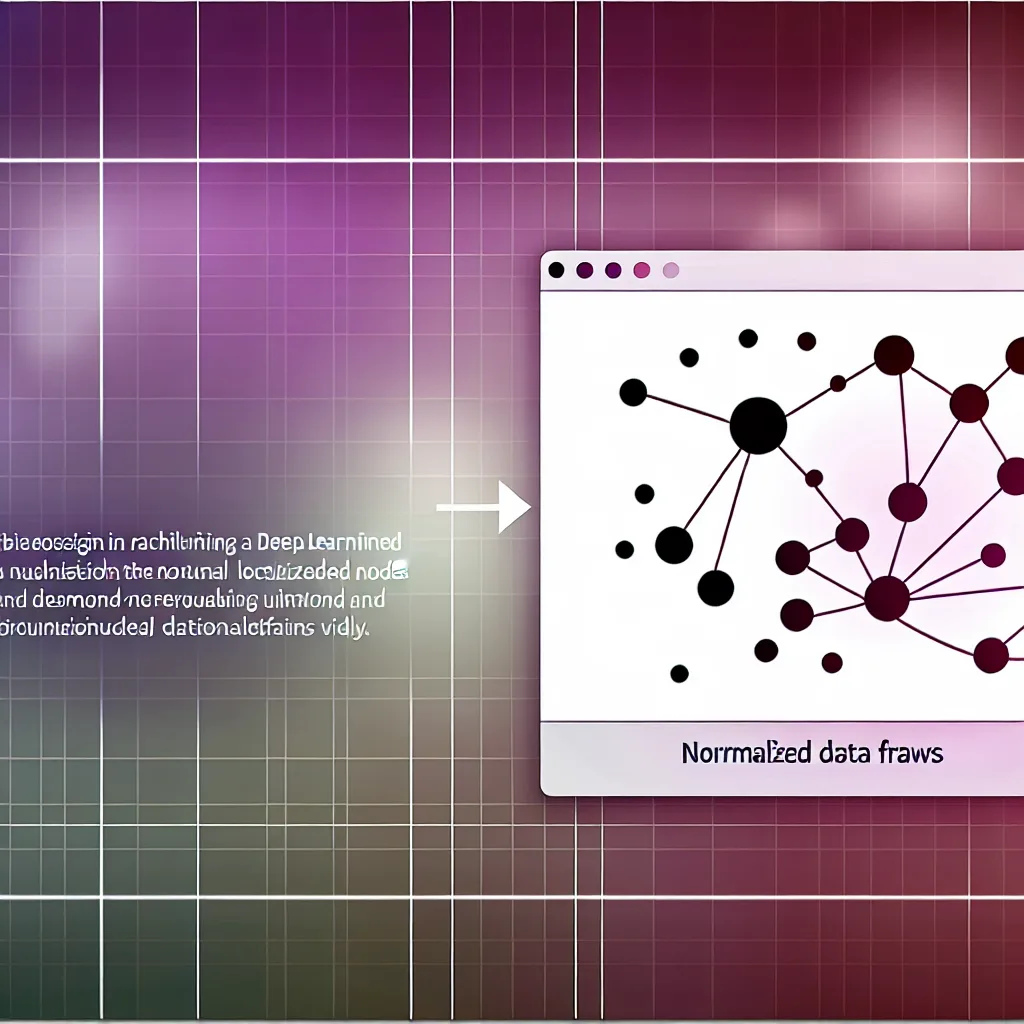Exploring how localization and normalization are shaping the future of deep learning models and systems
If you’ve been following trends in deep learning, you might be hearing more about something called “local-norm deep learning.” It’s a mouthful, but simply put, this approach combines the ideas of localization and normalization to make deep learning models more efficient, stable, and high-performing. I thought I’d share what this trend is about and why it looks promising for the next few years.
What Is Local-Norm Deep Learning?
At its core, “local-norm deep learning” refers to strategies that normalize and localize various elements within deep learning architectures. Normalization itself is a technique used to stabilize and speed up training by adjusting the inputs or parameters of a model. Localization means focusing computations and updates on smaller, more relevant parts of the model, rather than all at once.
Putting them together—local normalization—helps models learn better by selectively normalizing certain areas or parameters based on local context instead of applying one global rule for the entire network.
Where Are We Seeing Local-Norm in Action?
There are a few smart ways this concept is showing up in current and upcoming technologies:
- Hybrid Transformers and Attention Models: Some modern architectures like Qwen-Next use normalized local-global selective weights, where the model pays attention to both localized and broader contexts during training.
- Reinforcement Learning (RL) Rewards: Techniques like GRPO apply normalized local reward signals, fine-tuning the learning process after the main training phase to improve decision-making.
-
Optimizers: Innovations such as Muon introduce normalized-local momentum, adjusting how weights update layer-by-layer, which contributes to training stability.
-
Sparsity and Mixture of Experts (MoE): Localized updates happen within subsets of model experts or groups, improving efficiency without losing accuracy.
-
Hardware-Level Optimizations: GPU architectures (including Apple’s new designs) and TPU pods are getting smarter about localizing memory and compute units, enabling more efficient, near-data processing. Techniques like quantization and Quantization Aware Training (QAT) also benefit from this approach.
-
Advanced RL Strategies: Inspired by DeepMind’s Alpha models, normalizing local strategies and using look-ahead planning in policy development help balance exploration and exploitation with the right context for better outcomes.
Why Should You Care About Local-Norm?
The main benefits of local-norm deep learning relate to performance, efficiency, and stability:
- Models can train faster and more reliably by focusing computations where they matter most.
- Systems can run more efficiently on hardware designed to handle localized tasks.
- It helps prevent issues like exploding or vanishing gradients by applying normalization wisely.
This means that whether you’re developing next-gen AI systems or just curious about machine learning, understanding local-norm can give you insights into how future technologies might deliver smarter, faster solutions.
Want to Dive Deeper?
If you want to explore more about normalization techniques and their impact on deep learning, here are some helpful resources:
- The original Transformer paper by Vaswani et al., which is foundational for understanding attention mechanisms.
- An overview of normalization methods in deep learning makes for great background reading.
- For hardware insights, check Nvidia’s latest GPU architecture updates.
Local-norm deep learning might not be a term you hear every day yet, but it’s quietly influencing many advances in AI and machine learning. I find it fascinating how combining these two concepts—localization and normalization—can make such a difference in how models learn and perform. If you’re into AI, keep an eye on this trend!
